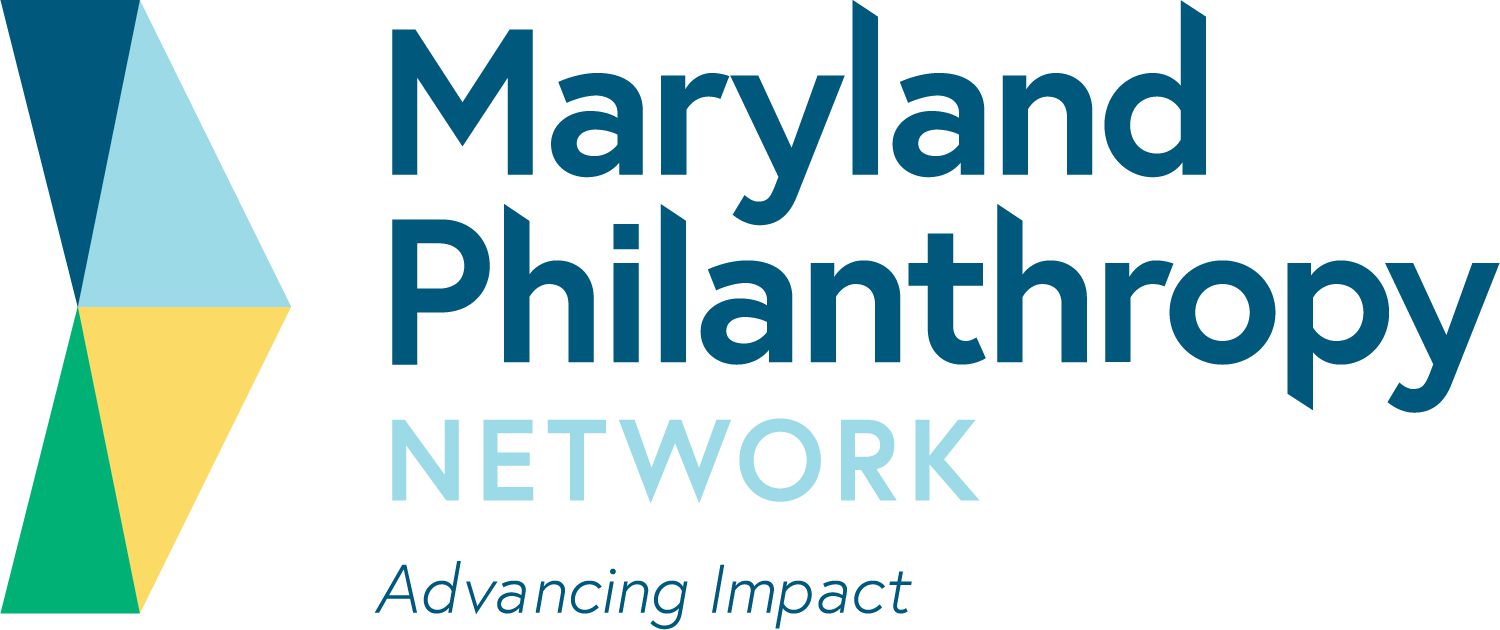Inequities in Charitable Giving Continue to Grow, Fueled by 2017 Tax Law
Data continues to come in to confirm a disturbing trend in our country: growing inequities in who is giving to charity and who is benefiting from it. This is happening amid a backdrop of an overall decline in charitable giving, fueled by the 2017 Tax Cuts and Jobs Act (TCJA) passed by Congress.
The latest data to confirm these trends is from the well-respected 2019 “Giving USA” report released last week. The report shows that giving by foundations, corporations and individuals declined 1.7 percent in 2018, adjusted for inflation. This is the first drop in giving since 2013 and just the 13th decline since 1978, and has occurred despite assurances from Congress that the 2017 tax law would not negatively impact giving and in fact would increase it.
Although foundation and corporate giving grew modestly last year, gifts from individuals—who represent the largest share of charitable dollars—decreased 3.4 percent (about $10 billion), adjusted for inflation. The share of gifts coming from individual donors dropped from 69.5 percent to 68.3 percent in one year. Just five years ago, that figure was at 74 percent. Up until last year, in fact, individual giving had represented at least 70 percent of all giving for at least the past four decades and topped 80 percent through most of the 1980s.
The Giving USA findings are consistent with other studies showing a drop-off in giving from individual donors. For every year since 2002, the number of donors has steadily declined, particularly among small- and mid-sized donors, and this trend appears to have picked up since the passage of the TCJA. The Fundraising Effectiveness Project (FEP), an initiative of the Association of Fundraising Professionals and the Urban Institute, saw an annual drop of 4.5 percent in individual donors last year and an even bigger drop of 7.3 percent in new donors. FEP’s numbers are even worse for the first quarter of 2019, with total donors down 5.7 percent and new donors down 10.5 percent from the first quarter of 2018, with a drop of more than 2 percent in total donations. Also of concern, FEP reported a notable decline in smaller donations in 2018, with gifts of $250-$999 dropping 4.0 percent and gifts under $250 declining 4.4 percent.
Giving USA researchers stated that the public policy environment—namely the 2017 tax law—“may have affected donors’ decisions in 2018, shifting some previous giving patterns.” They noted that the TCJA’s doubling of the standard deduction resulted in the number of households itemizing deductions—and thus being able to take advantage of the charitable deduction—decreasing from 45 million households to approximately 16 to 20 million households. This change has made an important incentive for charitable giving available to just 10 to 12 percent of all households (down from more than 30 percent pre-TCJA).
The drop in itemizers falls most heavily on those with lower incomes. According to estimates from the Joint Committee on Taxation, the TCJA will result in a 73 percent drop in itemizers in 2018 for households earning $10,000 to $50,000 a year. Meanwhile, households earning $200,000 or more per year will represent 30 percent of all itemizers in 2018, up from 21 percent a year earlier.
In short, the new tax law is exacerbating inequities in terms of who is giving to charity, with fewer and fewer people donating to charity each year, particularly among small and mid-sized donors. The country’s charitable giving tax incentives are increasingly enjoyed by just the wealthy, who continue to represent a bigger and bigger share of the declining base of donors.
Click here to read the full article.
Source: United Philanthropy Forum
FIND MORE BY:

